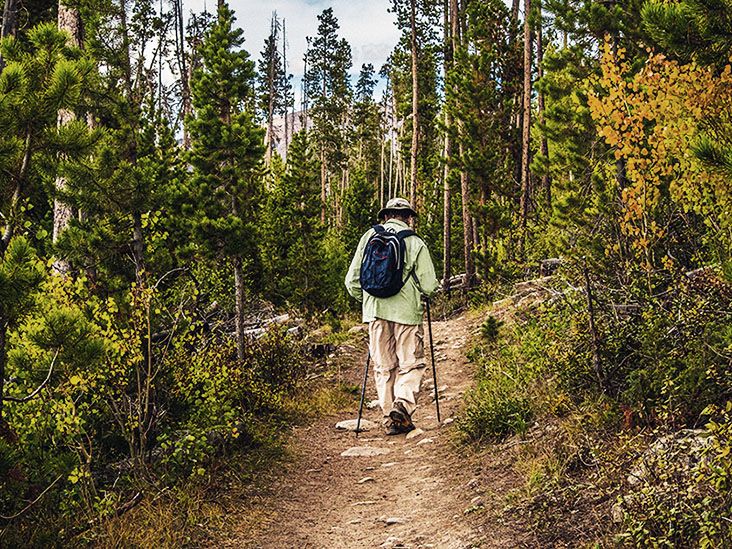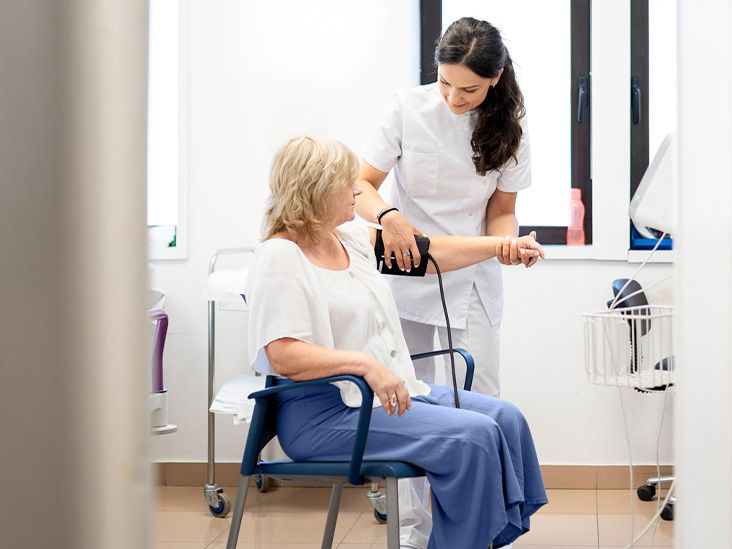The Natural Process of Aging and Decline
Aging is an inevitable part of the life cycle. But at what point do the effects of aging begin to equate to the body starting to die? Understanding the natural physiological changes that occur with age can help us differentiate between normal aging versus disease.
Childhood and Adolescence
During childhood and adolescent growth spurts, cells regenerate rapidly. Kids heal quickly from injury and easily build strength and endurance. Their robust immune system fights infection efficiently. Energy seems boundless.
Yet even during youth, cell replication gradually slows each time cells divide and copy DNA. Exposure to environmental toxins and shortening telomeres on DNA strands also cause incremental damage.
While nearly imperceptible at first, the aging process begins gradually deteriorating cells ability to regenerate and self-repair over time.
Early Adulthood
Through our 20s and 30s, physical aging signs remain subtle. Strength, speed, energy and endurance stay fairly high. Skin retains elasticity, and weight stays stable.
However, experts reveal that lung capacity peaks around age 20 then decreases by 1% per year. Muscle mass slowly drops each year after 30. Bone density begins declining around age 35. Nerve conduction velocity decreases. Cellular decline continues.
These incremental changes usually pass unnoticed and have minimal impact on wellbeing and fitness during early adulthood.
Middle Age
Entering our 40s and 50s, aging effects accelerate:
- Muscles shrink 3-5% per decade after 40.
- Bone density decreases rapidly, especially in women after menopause.
- Joint cartilage thins and deteriorates, causing creakiness.
- VO2 max drops 10% per decade, making exercise feel harder.
- Low-grade, systemic inflammation develops.
- Cellular housekeeping declines, resulting in waste buildup.
During middle age, healthy lifestyle becomes vital to counteract these declining functions and extend fitness.
The Tipping Point
Around age 55-60, many people notice an accelerated slide in energy, strength, mobility, and ability to maintain a healthy weight. Aches, pains and stiffness persist. It becomes much harder to get in shape or bounce back from illness and injury.
This tipping point results from cell death exceeding replacement. Most organs now function at 10-40% below capacity. Declining hormone levels impact metabolic processes. Systems run less efficiently.
After 60, muscle mass decreases by 15% per decade. Chronic inflammation increases. Cellular cleanup processes grow more inefficient. DNA damage accumulates.
This transition into senior adulthood marks a turning point where progressive physical decline becomes obvious.
The Later Decades
By age 70, 30% of muscle mass has wasted away compared to age 20. Over 50% is lost by age 80. Joints stiffen. Balance wanes. Cells exhibit more DNA problems.
Immune function declines, making it harder to fight infection and heal wounds. Cognition and memory begin faltering for some. Loss of nerve cells decreases senses.
However, many people in their 70s and 80s maintain vibrancy and full engagement with proper self-care. While aging accelerates, lifestyle hugely impacts quality of life.
End of Life
In the last 5 years of life, rapid physical and mental deterioration often occurs. Muscles atrophy. Bones grow frail. Digestion falters. Heart and lungs labor. The immune system weakens.
Cells lose ability to regenerate. Nerves and brain cells die off. Hormones drop to low levels. DNA repair mechanisms fail.
External stressors like illness, injury or trauma can quickly overwhelm the bodys limited reserves. The combination of multiple declining systems brings frailty and end of life.
Death as A Normal Part of Aging
While the continuous process of aging slowly diminishes vitality over decades, medical experts consider dying a normal part of life, not a disease.
Yet, equating aging with starting to die connotes hopelessness. In fact, lifestyle powerfully impacts how gracefully we age and the lifespan we reach before succumbing to disease or organ failure.
Death Comes in Many Ways
Instead of inevitable decline, aging brings evolution and growth in consciousness, perspective and priorities. Some design their elder years to remain as vigorous and engaged as possible until late life.
While we cant stop aging, death results from:
- Accidents
- Trauma
- Violence
- Suicide
- Acute infections
- Cancer
- Organ failure
- Neurodegenerative diseases like dementia
These events cause death independently of the natural aging process. With optimal lifestyle choices, we can often extend our healthspan many years beyond our lifespan.
Biological Hallmarks of Aging
Scientists identify several biological causes of aging at the cellular level:
- Shortening telomeres that cap and protect DNA strands.
- Cellular senescence where old cells stop dividing but dont die.
- Declining mitochondria function which converts food and oxygen into energy.
- Loss of proteostasis or protein balance between production and cleanup.
- Impaired intercellular communication.
- Exhaustion of stem cells needed for regeneration.
- Altered epigenetics or gene regulation.
Targeting these age-related changes with nutrition, exercise, stress reduction, and certain drugs aims to extend healthspan and slow progressive physical decline.
Healthy Aging Maximizes Vitality
While aging brings inevitable decline, optimizing lifestyle choices can profoundly impact quality of life.
Experts advise:
- Engaging in regular exercise appropriate for ability and conditions.
- Following an anti-inflammatory, whole food diet.
- Reducing stress through community, nature and mindfulness.
- Supplementing with antioxidants and anti-aging compounds.
- Frequent health monitoring to catch conditions early.
- Hormone level optimization and replacement.
- Prioritizing sleep for tissue repair.
- Cognitive and social engagement.
While we cant escape aging, we can minimize decline through smart lifestyle choices to live vibrantly into older age.
Aging with Intention and Purpose
Rather than passively letting age dictate capacity, we can consciously direct later decades for meaning and fulfillment.
Some guiding principles for aging well include:
- Finding purpose and setting new goals as roles evolve.
- Staying positive, adaptable and solutions focused.
- Forgiving past regrets and showing self-compassion.
- Pruning activities for essentialness to conserve energy.
- Contributing wisdom and mentorship to leave a legacy.
- Nurturing close relationships and community ties.
- Appreciating simplicity, nature and the present moment.
Aging is a continual process of growth and learning. We can make our later seasons abundant through purpose, service and gratitude.
Disclaimer: This article is for informational purposes only and does not constitute medical advice. Always consult with a healthcare professional before starting any new treatment regimen.
Related Coverage
Find the best Medicare in Colorado options for your needs. Compare plans, save money, and make confident health coverage decisions....
Find out if Medicare covers Uber rides for medical appointments and discover alternatives to make transportation easier and more affordable....
As death nears, dying patients often emit strange smells from physiological changes and reduced hygiene. Learn what causes odors at end of life and how to manage them....
Don't face unexpected costs. Know how the Medicare Part A penalty works and how to avoid paying more for your coverage....
Elderly heat sensitivity increases risks during hot weather. Know when fans help or harm and how to keep seniors cool and safe....
Find the best Medicare options in Wisconsin with our simple guide to coverage, plans, and savings programs....
Feelings of impending death can arise from anxiety, depression, PTSD, illnesses, and trauma. Addressing mental health and reframing mortality perspectives can help....
Get clear info on Medicare Part B cost for 2025, including premiums, deductibles, and ways to lower what you pay each month....
Help your parents enroll in Medicare with ease. Learn how to navigate enrollment periods, required documents, and coverage options....
Medicare for caregivers can help with skilled care, equipment, and training. Find out what's covered and how to get support without surprise bills....








